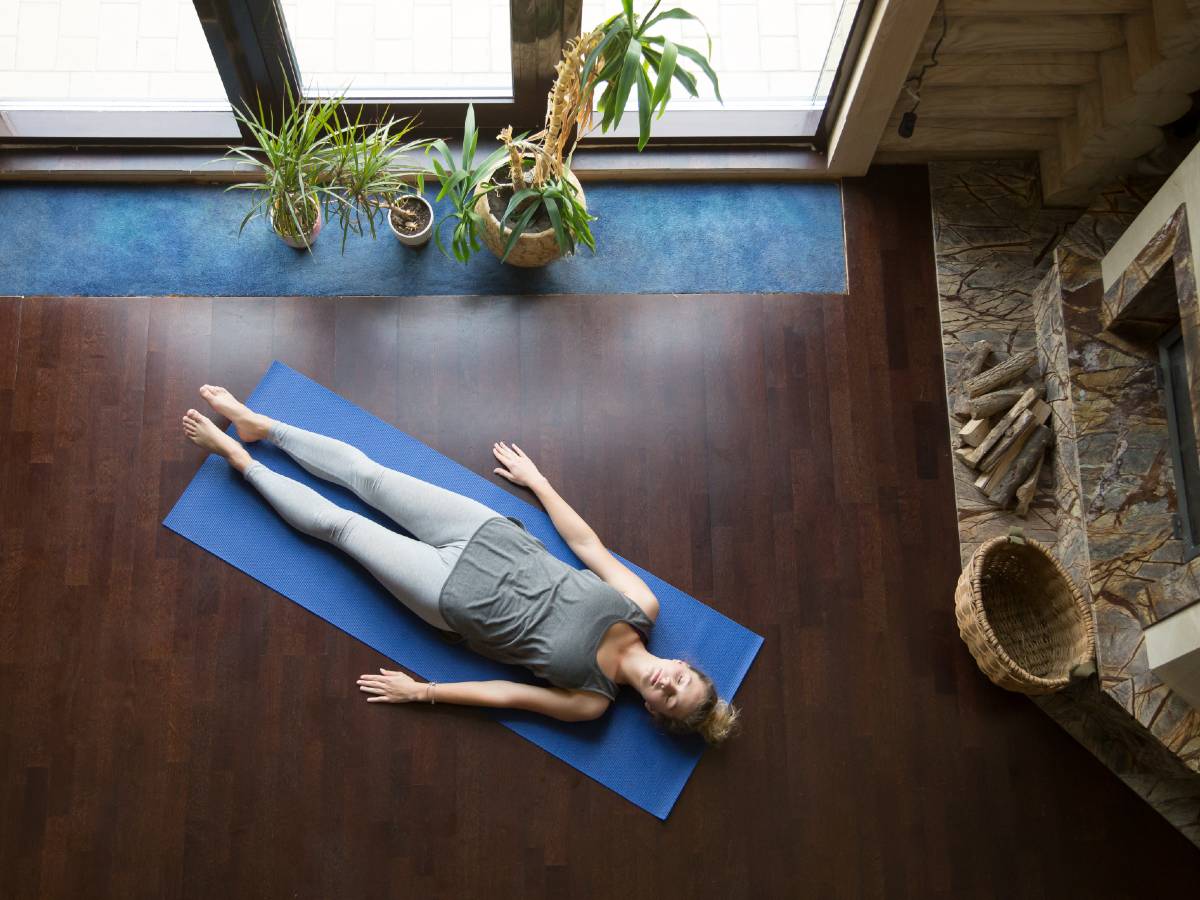What are panic attacks?
Panic attacks are essentially short episodes of extremely intense anxiety. You can experience all the physical sensations of fear, which can include:
- A racing heartbeat and palpitations
- Shortness of breath
- Tightness in the chest
- Chest pain
- Dizziness or lightheadedness
- Numbness or a tingling sensation
- Sweating
- Chills or hot flashes
- Nausea and abdominal cramping
- Trembling or shaking
- Muscle tension, cramps
- A sense of impending doom
- Fear of loss of control
- A sense of detachment
They typically begin suddenly and without any warning, and are usually not related to any particular threat. In fact, it can be hard to tell exactly what may have brought it on, if anything. Although they can last up to half an hour, they are usually brief, with the main symptoms easing off after a few minutes. Due to the release of stress hormones though, like cortisol and adrenaline, it can take a few hours to feel back to your normal self again. Afterwards you may feel fatigued and worn out.
Panic attacks are a relatively common experience, with 35% of the Australian population experiencing one sometime in their lives. And for most people they only happen occasionally. But for some, panic attacks can develop into panic disorder, which is where they start happening more regularly, and you develop anxiety about them happening again.
This can become a debilitating condition, where you start avoiding places and situations for fear that another panic attack may be brought on.
Are panic attacks dangerous?
Although the symptoms of a panic attack can feel very strong and uncomfortable, that are not life threatening. During a panic attack, there are some things you can do to reduce the severity of its impact on you:
- Avoid any self-talk that keeps you focussed on your symptoms eg. telling yourself to “stop panicking”; instead try to distract yourself – count down from 100 by threes, count the colours around you, or try to remember the words to a favourite song.
- Give yourself time – remind yourself that while the symptoms are uncomfortable, they are not dangerous and they will pass shortly.
- Don’t avoid the situation or activity where you last experienced an attack – this can reinforce your fear, and can lead into turning into a panic disorder.
- If they start to happen more frequently, seek help. Panic attacks are very treatable.
How to prevent panic attacks
There are certain risk factors that may predispose you to getting panic attacks, including a family history of panic disorder, major life stress (a death in the family, illness), a traumatic event (personal assault, car accident), or major life changes (divorce, moving house). The underlying factor in all of these is stress levels, so anything you can do to keep your stress levels low will help reduce the incidence of panic attacks. This can include regular exercise, a relaxation technique (breathing exercises, meditation, yoga, etc.), and getting enough sleep.
Acupuncture has also been shown to be a safe and effective treatment for anxiety and stress symptoms, with fewer side effects than conventional treatment. It is a natural way to help manage stress levels, which can then in turn help to reduce the symptoms of panic attacks.
Learn more about how acupuncture can help with stress and anxiety.
References
Amorim, D., Amado, J., Brito, I., Fiuza, S.M., Amorim, N., Costeira, C. & Machado, J. (2018). Acupuncture and electroacupuncture for anxiety disorders: A systematic review of the clinical research. Complementary Therapies in Clinical Practice, 31, 31-37.
Better Health Channel (2018). Panic Attack. [Online] Available at: https://www.betterhealth.vic.gov.au/health/conditionsandtreatments/panic-attack
Beyond Blue (2019). Panic Disorder. [Online] Available at: https://www.beyondblue.org.au/the-facts/anxiety/types-of-anxiety/panic-disorder
Buchanan, T., Reilly, P., Vafides, C. & Dykes, P. (2018). Reducing anxiety and improving engagement in health care providers through an auricular acupuncture intervention. Dimensions of Critical Care Nursing, 37 (2), 87-96.
LifeLine Australia (2019). Panic Attacks. [Online] Available at: https://www.lifeline.org.au/get-help/topics/panic-attacks
Mayo Clinic (2018). Panic Attacks and Panic Disorder. [Online] Available at: https://www.mayoclinic.org/diseases-conditions/panic-attacks/symptoms-causes/syc-20376021






